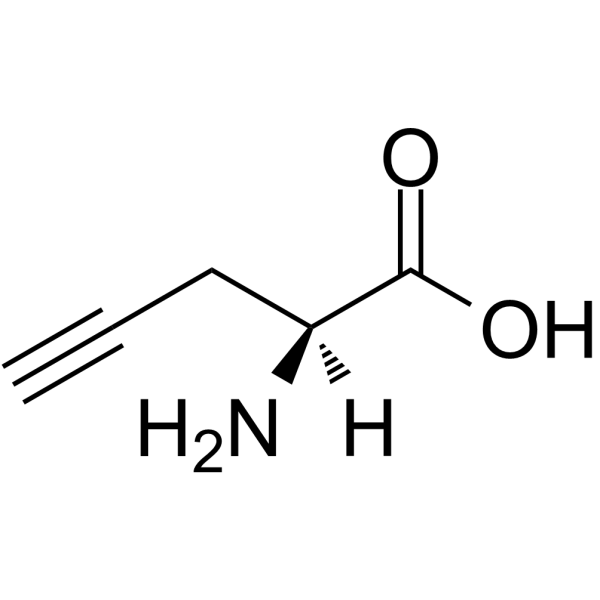| Structure | Name/CAS No. | Articles |
|---|---|---|
 |
(2S)-2-Amino-4-pentynoic acid
CAS:23235-01-0 |
|
 |
DL-Propargylglycine
CAS:64165-64-6 |